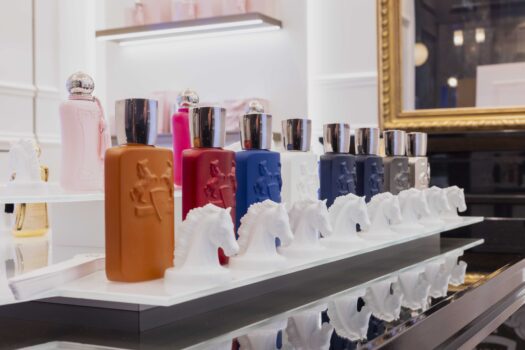 With Aussie consumers tipped to top $50 billion in spending during upcoming Christmas trade and Amazon’s much vaunted – yet thus far impotent arrival – a report has shed light on what characterises Australian fans of the US online retailer.
With Aussie consumers tipped to top $50 billion in spending during upcoming Christmas trade and Amazon’s much vaunted – yet thus far impotent arrival – a report has shed light on what characterises Australian fans of the US online retailer.
Lexer’s State of Retail Consumer latest report examined 2.8 million Australians, comparing everyday people to those who love to shop and found ‘Aussie Amazonians’ are 47 times more likely to back kickstarter campaigns, 52 times more likely to be fans of Star Wars and and 57 times more likely to be interested in Tesla.
“We’d characterise the Aussie Amazonian as a tech-savvy social netizen interested in Tesla, Kickstarter projects and futurism and likely to binge watch shows like Black Mirror,” explained Lexer’s marketing team to IRW.
Aussie Amazonians are most interested in brands including Asus, Ralph Lauren, Tommy Hilfiger and Speedo, which the Lexer identifies as a “compelling business case for signing on to sell through the third-party marketplace”.
The top categories for Aussie Amazonians include spirits, accessories and jewellery and gaming, which Lexer said “all over-index massively.”
“This is a ripe opportunity for brands in these verticals to consider a possible partnership, or take back market share with a campaign targeted at ecommerce customers.”
The entry of Amazon into Australia will grow the online shopping sector by 13.5 percent to $20.1 billion according to IBISWorld.
“Amazon’s imminent arrival into the Australian market is set to shake up the retail sector,” said Kim Do, senior industry analyst for IBISWorld.
“The company intends to challenge domestic retail prices by offering items for 30 per cent less than domestic retailers. This is expected to appeal to price-conscious Australian consumers, and is likely to affect local retailers that have found it difficult to adjust to a shift in consumer spending behaviour over the past five years.”
Although Amazon has largely kept its plans for the Australian market under wraps, IBISWorld expects Amazon will be prepared to make initial losses to help it gain market share within Australia’s online retail sector as quickly as possible.
“The company is expected to focus on providing consumers with low prices, a diverse product range and fast delivery,” explained Do.
“However, to be successful in Australia, Amazon’s current business model will need to be adapted to the Australian market. For example, Australia’s large geographical size and dispersed population will lead to higher distribution costs compared with Amazon’s home market in the United States. This is likely to limit the company’s ability to offer Amazon Prime Shipping services in the short to medium term.”
IBISWorld believes department stores and electronic goods retailers are expected to be the hardest hit by Amazon’s arrival. IBISWorld’s data shows department stores are already struggling to attract consumer demand, with industry revenue expected to decline by an annualised 0.9 per cent over the five years through 2017-18.
“Technology products are anticipated to be the highest selling category for Amazon, which will disrupt the electronic goods industry. Australian consumers are particularly price-savvy when it comes to electronic goods, and will often compare prices across multiple retailers to find the best value. As a result, Amazon is expected to take market share away from local electronic goods retailers such as JB Hi-Fi and Harvey Norman,” said Do.
Lexer’s report also found Woolworths, Big W and Kmart have the greatest engagement rate per fan, while Ikea, Myer, Aldi and Target all underperformed.
“Retailers with below average engagement could invest in social service, more targeted content and advertising to build greater engagement and reach to drive sales,” Lexer said. “Retailers with above average engagement could get on the front foot and leverage their engagement rate to maintain the momentum of audience chatter ahead of Christmas.”
This story first appeared in Inside Retail Weekly magazine.
Access exclusive analysis, locked news and reports with Inside Retail Weekly. Subscribe today and get our premium print publication delivered to your door every week.





